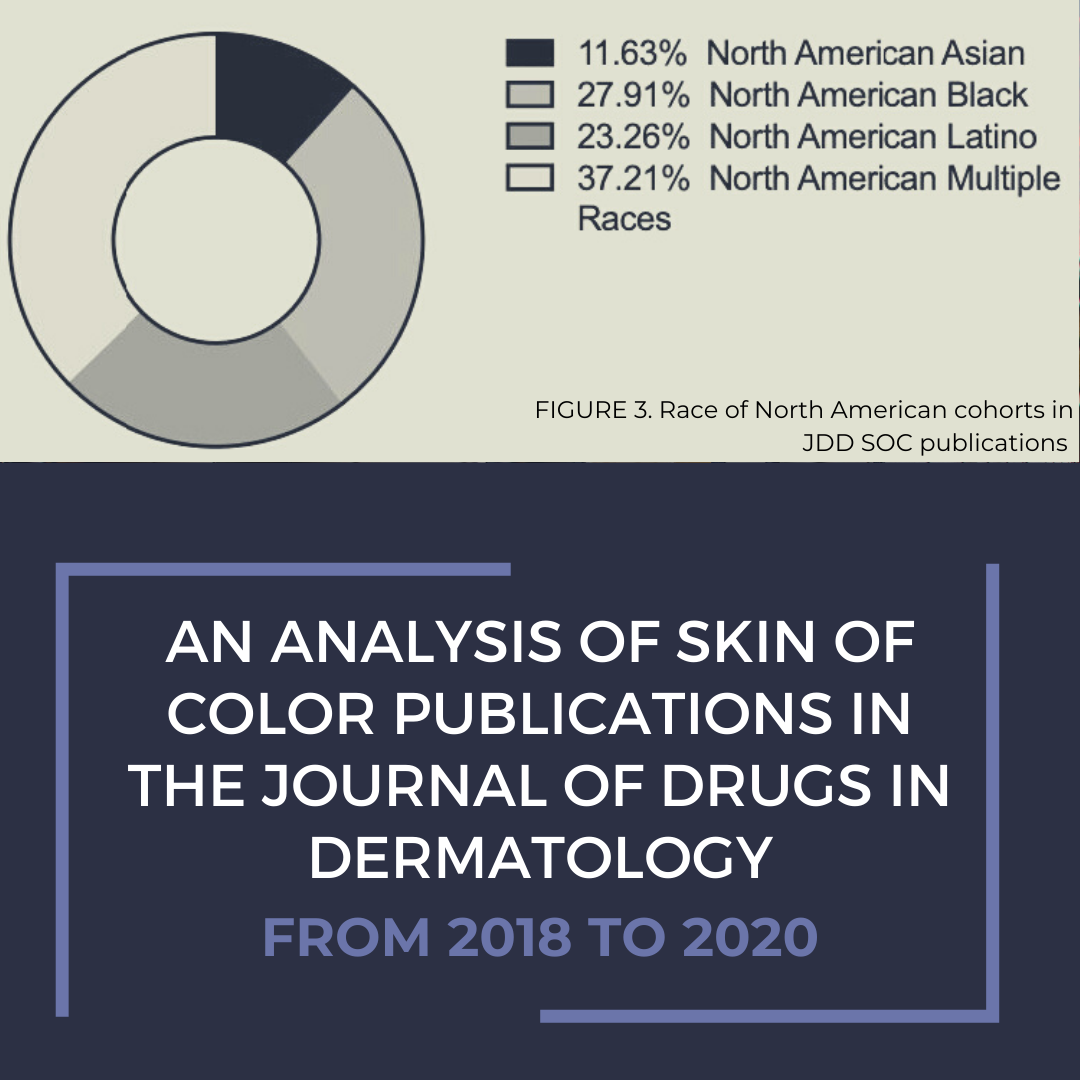INTRODUCTION
As the United States population becomes increasingly diverse, it is exceedingly important for dermatologists to be knowledgeable about treating patients with skin of color (SOC). The published literature is an especially valuable resource for treating SOC. Many prevalent dermatological conditions, such as acne vulgaris, atopic dermatitis, and psoriasis, differ histologically and/or clinically in SOC, which may cause variation in pharmacological response.1 The Journal of Drugs in Dermatology (JDD) has published a variety of literature detailing therapeutic considerations in SOC, such as utilization of fractional radiofrequency in SOC.2 Here, JDD authors Britney Wilson MBS, Mary Sun BSE BA, Sumanth Chennareddy BA, Dedee Murrell MD, and Jenny Murase MD aimed to evaluate the representation of published articles related to SOC in the JDD.
The archives of the JDD were analyzed from January 2018 to October 2020, along with 51 other highly ranked academic dermatology journals.3 Journals were categorized as “international” or not, “SOC” or not, and as either “scientific” or “clinical,” and were assessed for SOC content using novel prespecified criteria (Table 1).
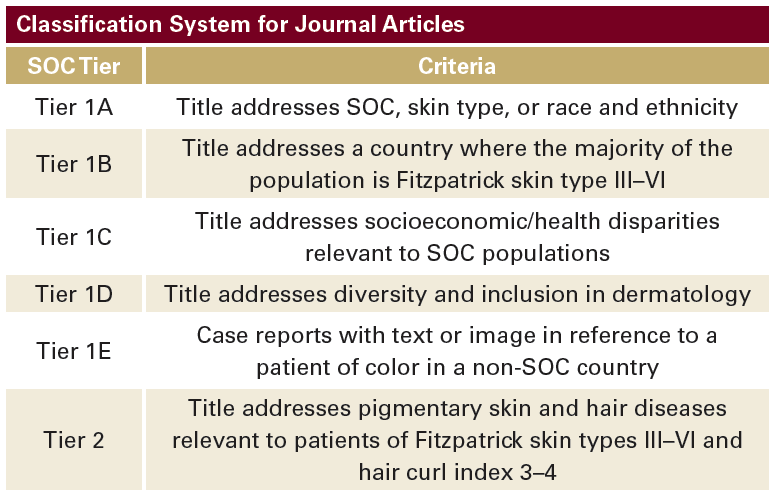
In the JDD, 7.1%, 13.1%, and 13.6% of published articles were relevant to SOC in 2018, 2019, and 2020, respectively. Of these, the majority were classified as Tier 1A, meaning they addressed SOC, skin type, or race and ethnicity. 42.9%, 65.5%, and 62.5% of SOC articles were classified as Tier 1A in 2018, 2018 and 2020, respectively (Figure 1). Collectively, from 2018¬ to 2020, 11.6% of articles were SOC, and of these, 59.7% were Tier 1A. SOC articles published increased from 7.6% in 2018 to 13.1% in 2020, reflecting an increase of 5.5% within two years. Finally, of SOC articles between 2018 and 2020, the majority studied North American populations (91.5%), followed by Asian populations (6.4%), and Middle Eastern populations (2.1%; Figure 2). The races of North American populations studied are represented in Figure 3.
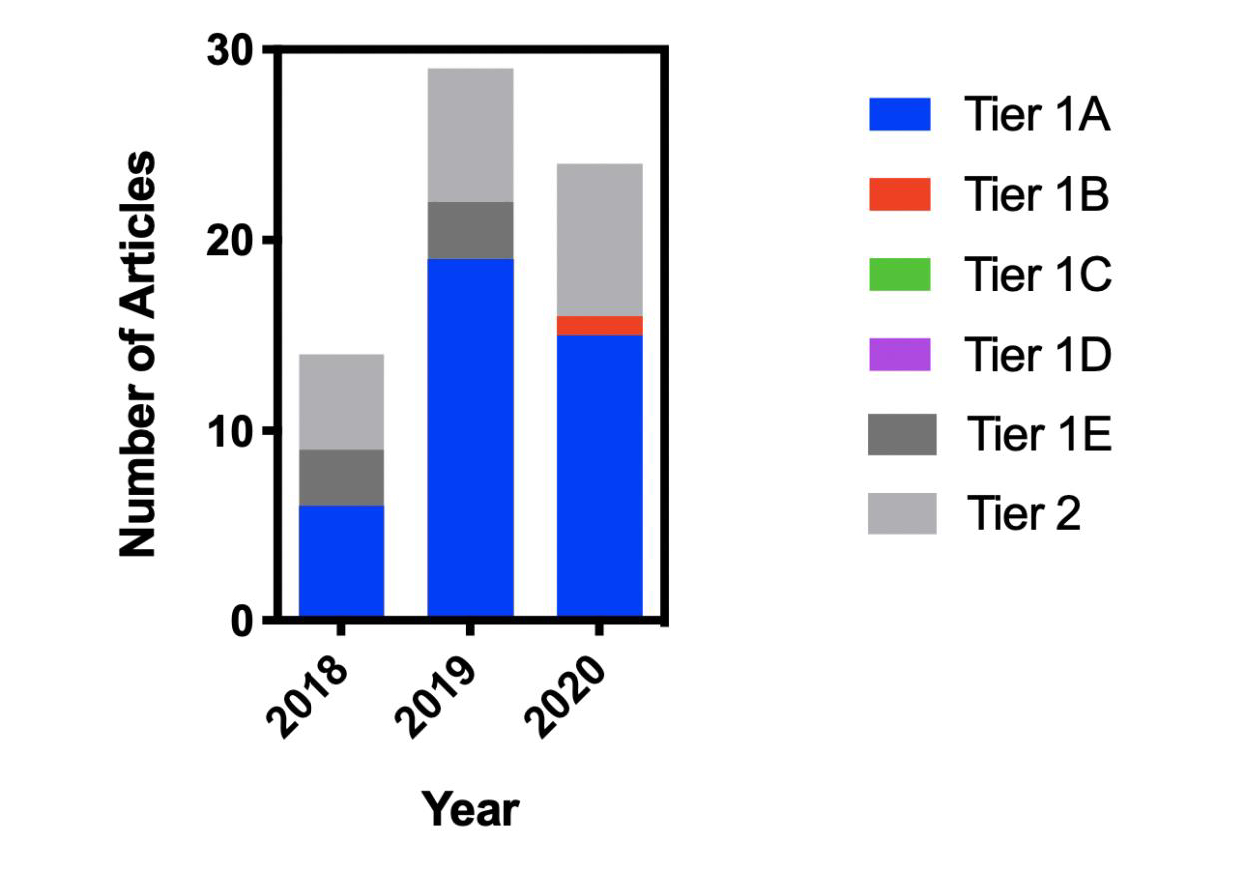
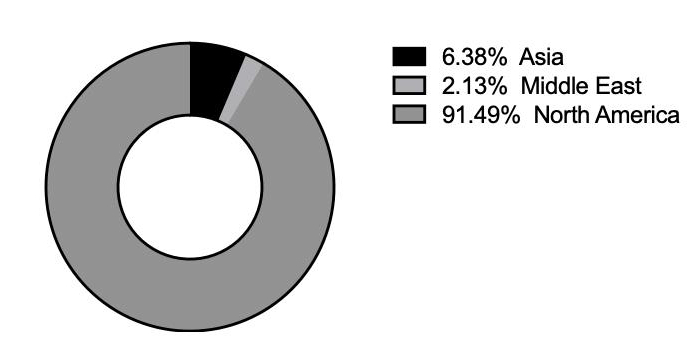
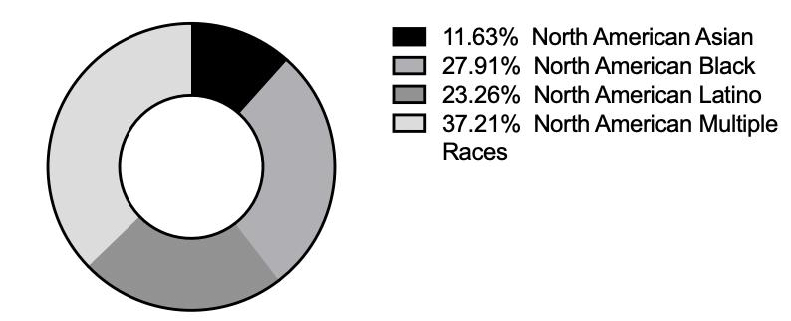
In the broader analysis of 52 journals, a mean of 16.8% of published articles were SOC,3 compared to 11.3% of articles in the JDD. Additionally, in the broader analysis, the majority (61.88%) of articles were Tier 1B, whereas the majority (59.7%) of articles were Tier 1A in the JDD. Given that the percentage of Tier 1A articles was lowest (5.44%) in SOC journals,3 it is notable that the majority JDD SOC articles were at the intersections of SOC, skin type, and race or ethnicity. The JDD ranked 26 of the 52 journals analyzed for inclusion of SOC literature.
DISCLOSURES
REFERENCES
2. Battle F, Battle S. Clinical evaluation of safety and efficacy of fractional radiofrequency facial treatment of skin type VI patients. J Drugs Dermatol. 2018;17(11):1169-1172.
3. Wilson BN, Sun M, Ashbaugh AG, et al. Assessment of skin of color and diversity and inclusion content of dermatologic published literature: An analysis and call to action. Int J Womens Dermatol. 2021;7(4):391-39.
Content and images used with permission from the Journal of Drugs in Dermatology.
Adapted from original article for length and style.

